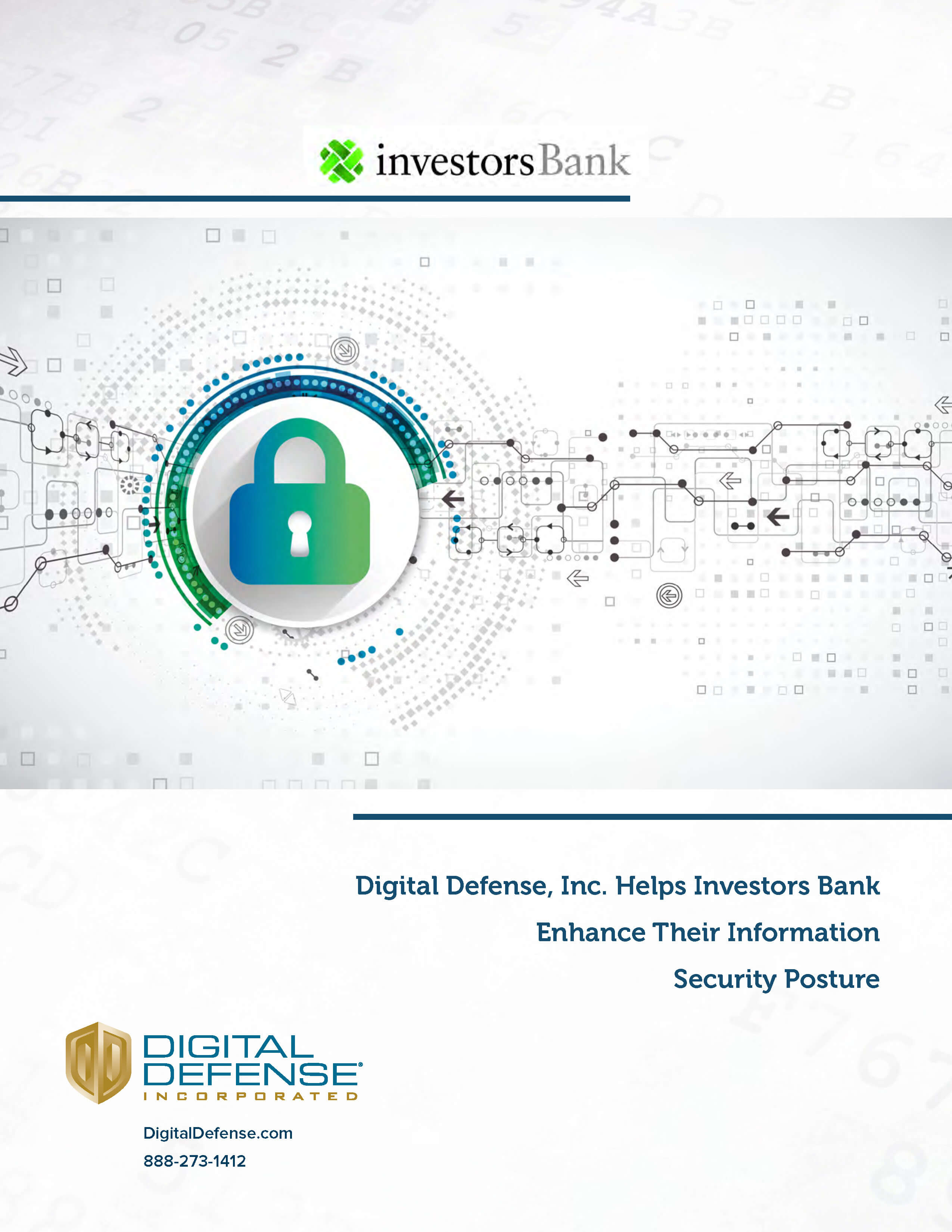In the last few years, financial institutions of all sizes have been in some stage of digital transformation driven by digital banking disruptors. The goal has been to attract the growing population of tech savvy customers, including small and medium-sized businesses that have been attracted to the all-digital experience. Last year more than 60% of SMBs preferred conducting their banking, including applying for loans, entirely online.
The disruptions presented in 2020 by the global pandemic have led banks, credit unions, and other financial institutions to fast-track their digital transformation, including cloud-migration and the deployment of digital and mobile banking platforms. Additionally, the speed with which they have had to stand up remote workers and deliver services to remote customers has introduced new areas of risk. Malicious actors have discovered this and pounced. In fact, VMWare Carbon Black saw a 238% increase in attacks targeting the financial sector from early February through the end of April 2020.
The new pressures presented by the hastened digital transformation have put financial institutions of all sizes in the position of assessing and implementing new cloud technologies faster than they would prefer. They also have to ensure that they continually meet persistent regulatory expectations.
Below are five tips that can help improve security posture as IT security teams in the financial sector race to evolve infrastructure without neglecting compliance requirements.
1. Start with a strong foundation
The world doesn’t pause for digital transformation. In fact, cyber attackers often look for companies in the thick of transformation to capitalize on possible security holes created when changes are in process. Therefore, as IT teams assess and implement new banking and operational technology, they need to ensure they keep a watchful eye on all assets for cyberattacks and vulnerabilities. This level of vigilance is built on foundational security essentials such as a vulnerability management (VM) platform. According to Gartner, vulnerability management is a foundational security best practice. Also, regular vulnerability scanning is core to just about every compliance security framework from FFIEC to the Payment Card Industry Digital Security Standard (PCI DSS) and the Gramm-Leach-Bliley Act. Each framework calls for robust vulnerability assessment capabilities to identify threats and vulnerabilities that put information or infrastructure at risk.
Related Story: 9 Vulnerability Management Pitfalls to Avoid
2. Get ahead of compliance
Financial institutions are subject to multiple regulatory entities, including the FFIEC, FDIC, the Federal Reserve System, the Office of the Comptroller of the Currency, and the financial burden is heavy. Credit unions alone spend $6.1 billion a year on compliance. Fundamentally, compliance is meant to help secure data and requires the application of important measures. That said, compliance doesn’t necessarily equal total security. By prioritizing security before looking to compliance mandates, institutions can shore up and streamline control settings for maximum protection, and then align actions to regulations. Continuous security-first compliance like this requires the use of modern tools and a cloud-native security platform that leverages the API-centric architecture of the public cloud.
3. Perform regular automated assessments
The combination of adjusting infrastructure while fending off cyberattacks targeting financial institutions makes regular vulnerability or threat assessments essential. Financial institutions can no longer simply apply antimalware and patch systems and assume their assets are safe indefinitely. Because their environment is constantly changing, it must constantly be reviewed. It’s important to use automation to perform these scheduled scans at regular intervals. Automation removes the burden of manual assessments and helps ensure this important security step is not inadvertently forgotten.
4. Fortify security assessments
FFIEC regulators are taking a more security-centric approach, especially as banks engage with more cloud service providers. Part of this means they want to understand how institutions monitor threat intelligence. The most innovative vulnerability and threat management solutions leverage external threat intelligence to help prioritize vulnerabilities with multiple risk vectors. Using advances in machine learning, data from external threat sources can be analyzed to correlate the actual risk to a network so teams can create efficient mitigation plans.
5. Ensure a single source of truth
As networks change and tools are added, the potential for multiple, siloed security tools can add complexity and inefficiency rather than providing insight. When these tools don’t integrate or communicate efficiently, they don’t provide the visibility needed for seamless, holistic protection. Using a VM platform with an open API ecosystem ensures automated security data exchanges. This facilitates communication among systems and tools and reduces the resources required to manage and maintain multiple systems.
Fast tracking a digital transformation is a big challenge for banks and credit unions, especially with the added complexities of legacy systems. Using a cloud native vulnerability and threat management platform can help create the right security foundation, whether you are migrating to either an all-cloud or hybrid infrastructure.

Investors Bank Case Study
Discover how Investors Bank leveraged Digital Defense's Vulnerability Manager™ to optimize their security and compliance goals.
About Digital Defense
Our Frontline.Cloud SaaS platform supports Frontline Vulnerability Manager™, Frontline Web Application Scanning™, and Frontline Active Threat Sweep™ that together provide:
- Asset discovery and tracking
- OS and web application risk assessment
- Targeted malware threat assessment
- Machine learning features that leverage threat intelligence
- Agentless & agent-based scanning
- Penetration testing for networks, mobile applications, and web applications
- Compliance management. One of the world’s longest tenured PCI-Approved Scanning Vendors
The Frontline.Cloud platform virtually eliminates false-positives associated with legacy vulnerability management solutions, while also automating the tracking of dynamic and transient assets and prioritizing results based on business criticality. Learn more.
Need More In-Depth Info?
Contact us and one of our experts can help with any of our cybersecurity solutions.

